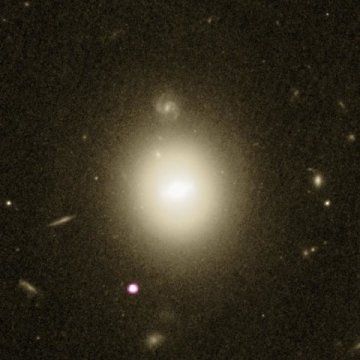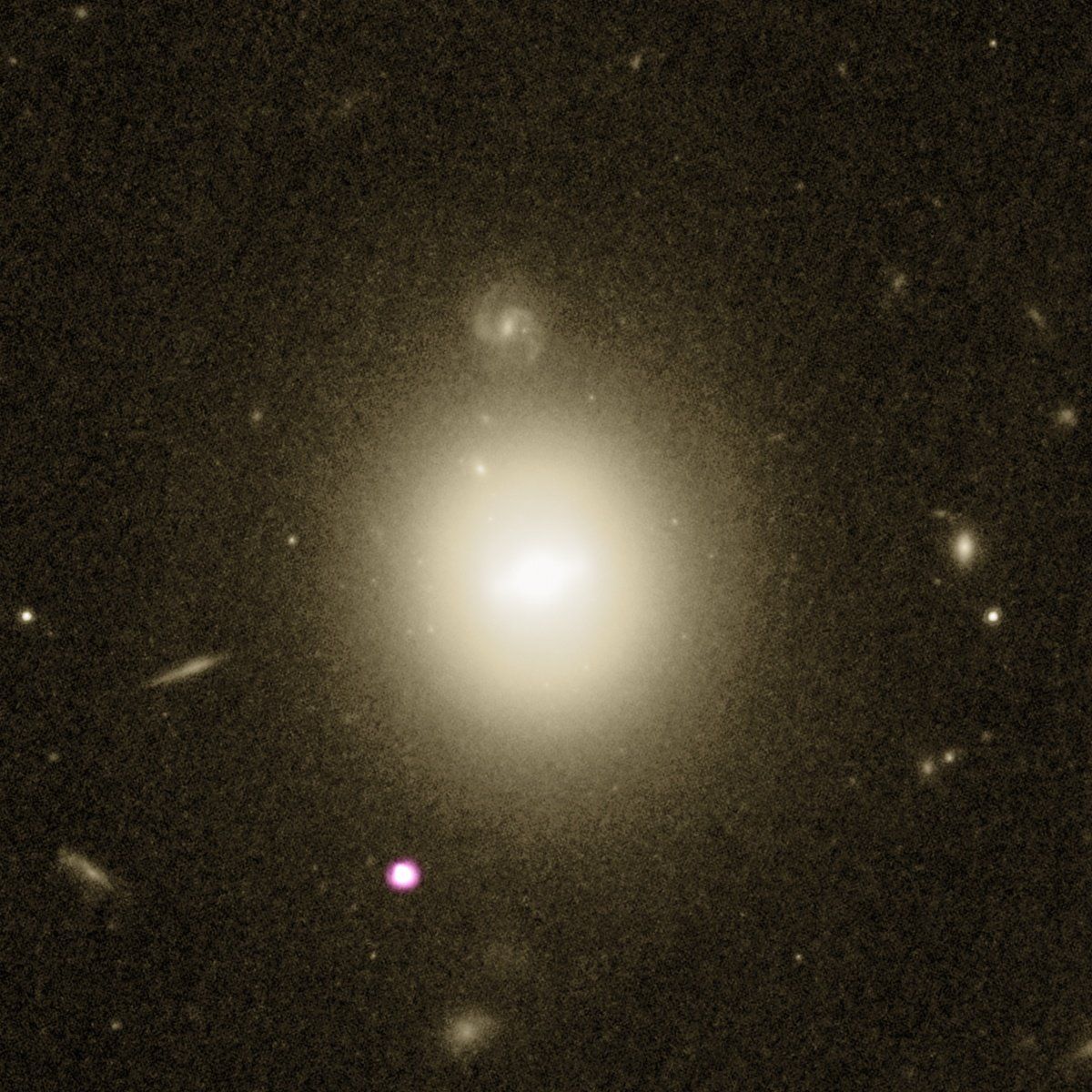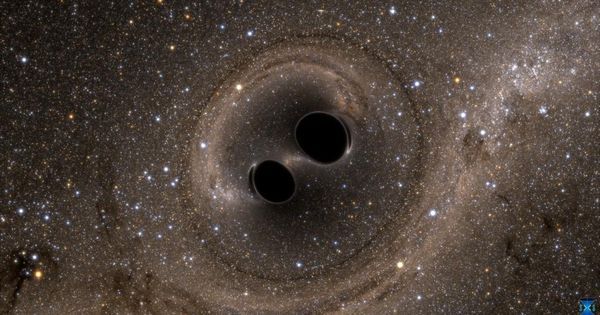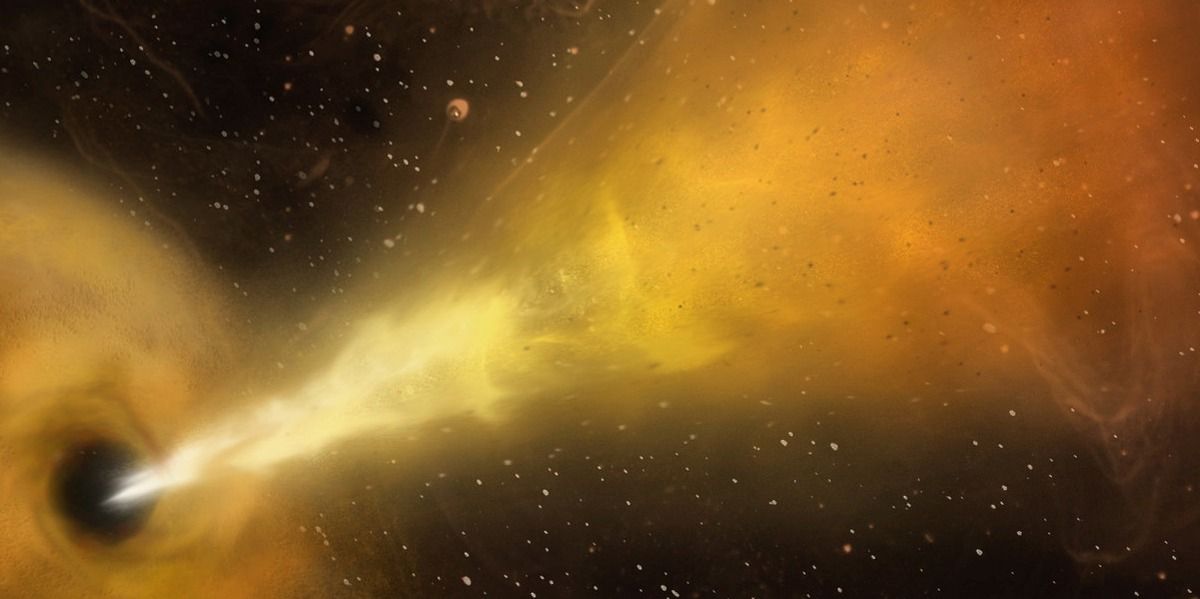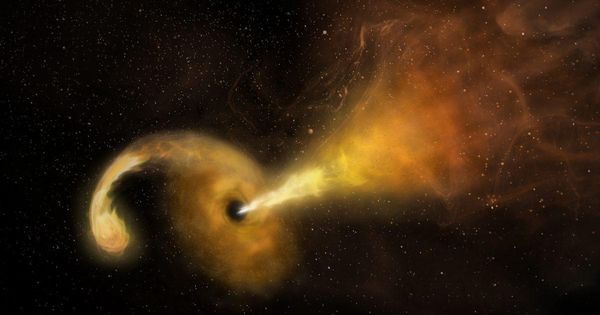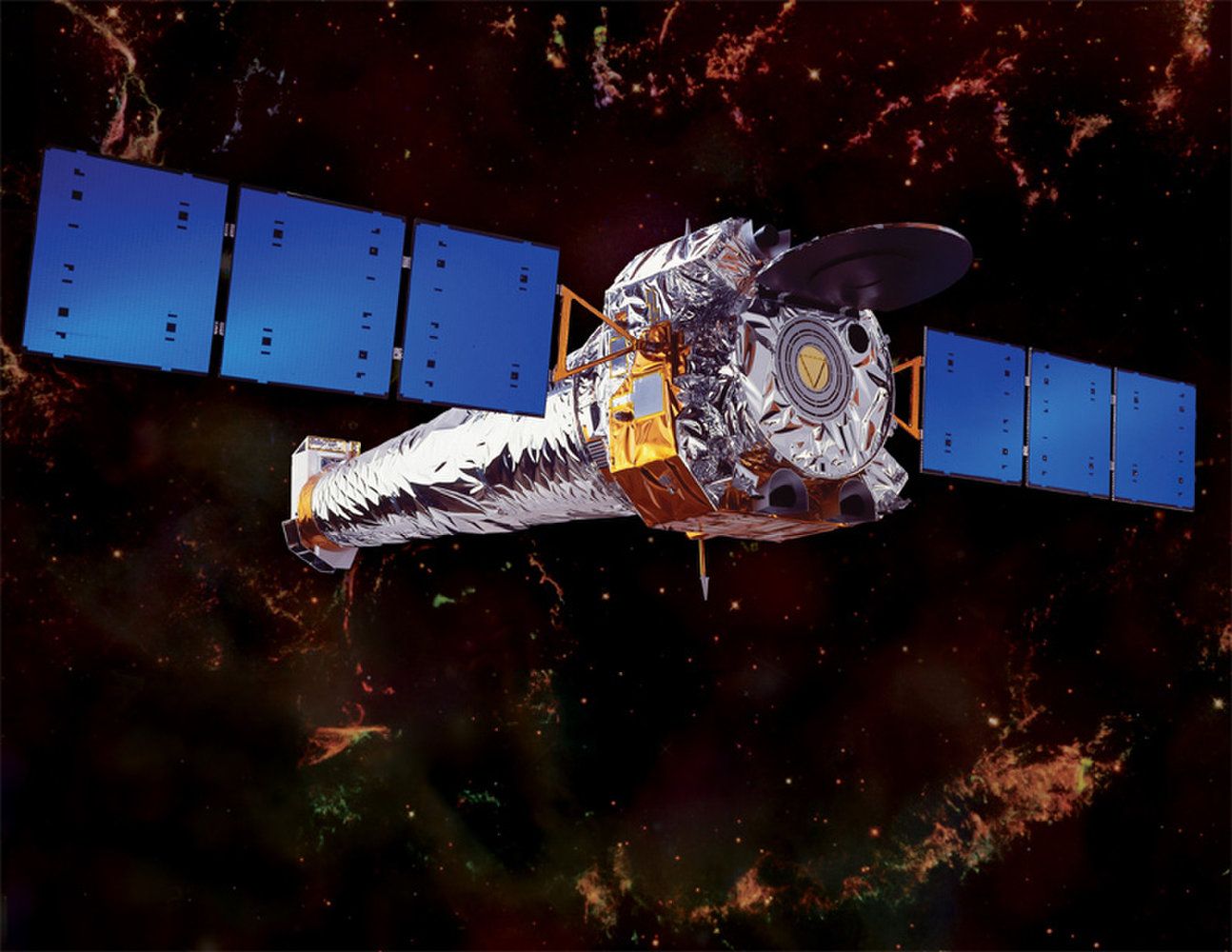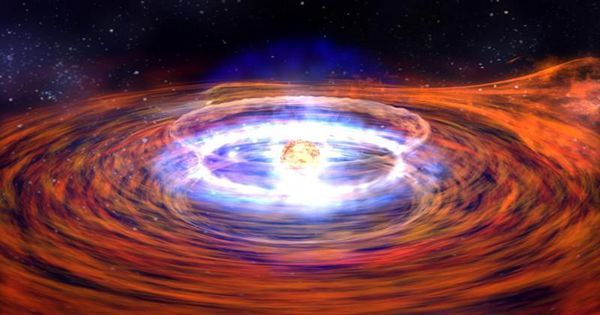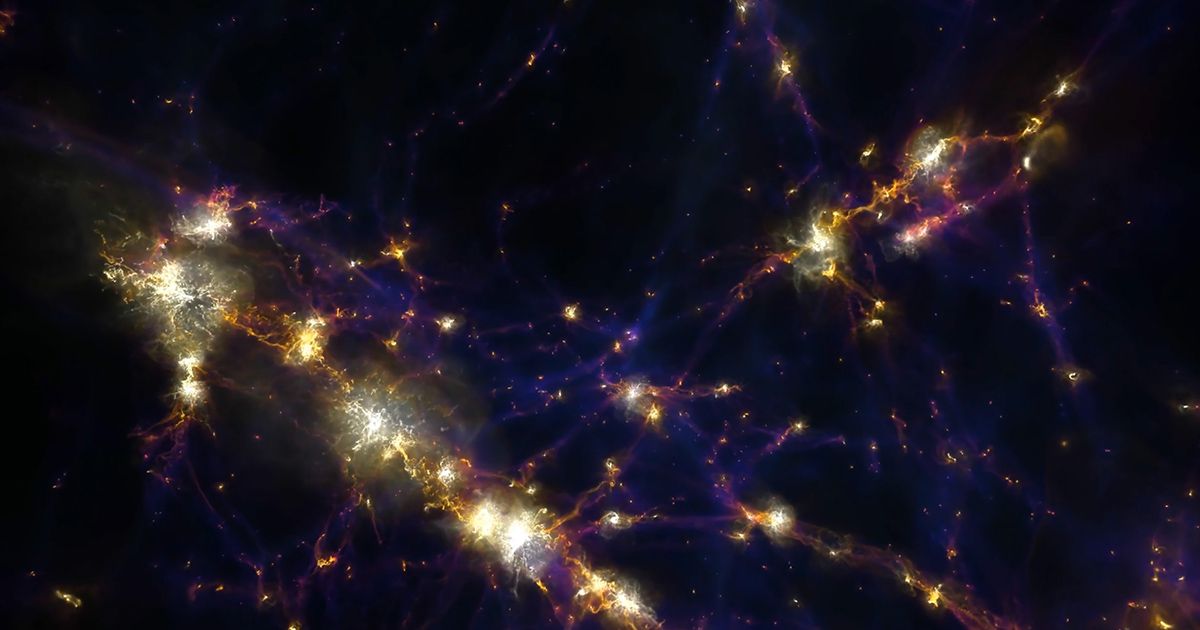Scientists have been able to prove the existence of small black holes and those that are super-massive but the existence of an elusive type of black hole, known as intermediate-mass black holes (IMBHs) is hotly debated. New research coming out of the Space Science Center at the University of New Hampshire shows the strongest evidence to date that this middle-of-the-road black hole exists, by serendipitously capturing one in action devouring an encountering star.
